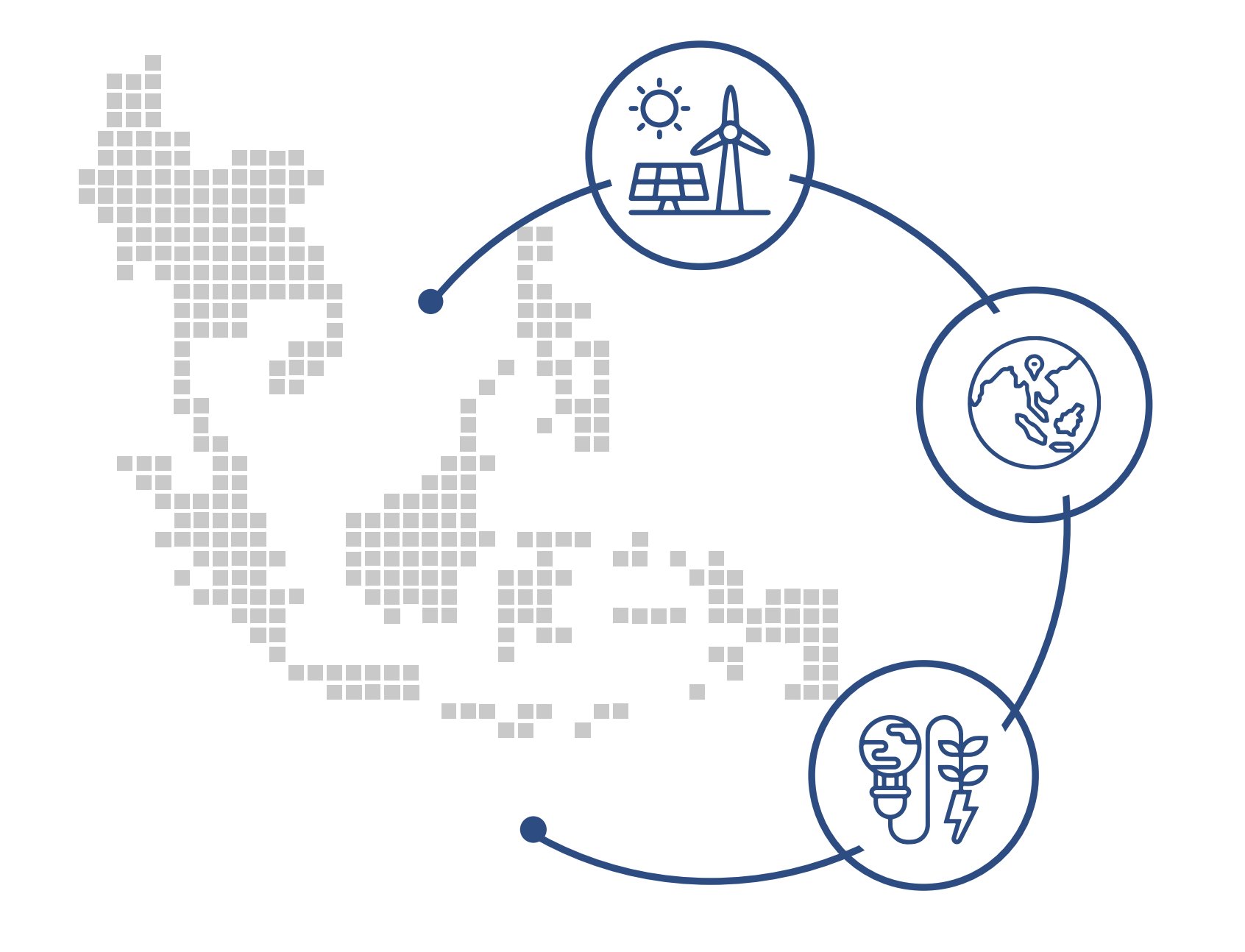In autumn 2017, the EU Member States and the European Parliament agreed on the revision of the EU Emissions Trading System (EU ETS), setting out the scheme’s rules for the 2021-2030 period. The EU ETS aims to put a price on carbon by requiring installations across Europe to surrender allowances reflecting their level of CO2 emissions. To date, it has failed to drive decarbonisation, and the latest reform is unlikely to remedy the issues which have plagued the system so far, such as low prices and excessive hand-out of free allowances. Putting the power and industry sectors on a low-carbon path, therefore, requires complementary policies at the EU and national levels.
Carbon pricing can support other policies, such as the cost-effective phase-out of fossil fuels, by making carbon intensive activities financially unattractive. The expected future EU ETS price will however not be high enough to encourage a low-carbon transition. It is therefore in the hands of individual countries to implement rising carbon floor prices that will phase out coal and encourage clean investments in line with the Paris climate goals. Prices of €65/tCO2 by 2020 rising to €85/tCO2 by 2030 are needed to have the desired effect. To avoid that such measures result in more emissions elsewhere or in the future (the ‘waterbed effect’), Member States will be allowed to unilaterally cancel allowances from the market, in line with plant closures.
In the industry sector, emissions are decreasing at an exceptionally slow pace. The EU needs to therefore urgently adopt and implement a zero-carbon industrial strategy in order to bring Europe’s industry at the forefront of the global low-carbon transition. As part of the next EU ETS review, the Commission has an opportunity to replace the current provision of free allocation with a carbon border tax so that the system does not subsidise pollution but supports innovation by setting the right incentives. During this next review, the EU ETS itself must be strengthened as well by increasing the rate at which the cap is annually lowered to send a price signal to industry players and re-direct investment flows.
Finally, the EU ETS generates billions in auctioning revenues. Governments should invest these revenues in climate action in order to establish a virtuous cycle between climate ambition and investments in the clean economy. As a priority, these revenues should benefit communities and workers affected by the changeover to zero-carbon societies in order to encourage a transition that is fair for all.
Download the full policy briefing at the Carbon Markets Watch website.






